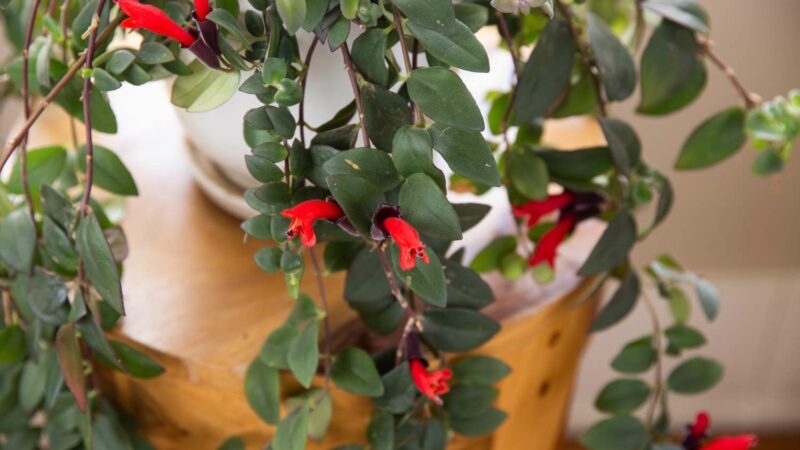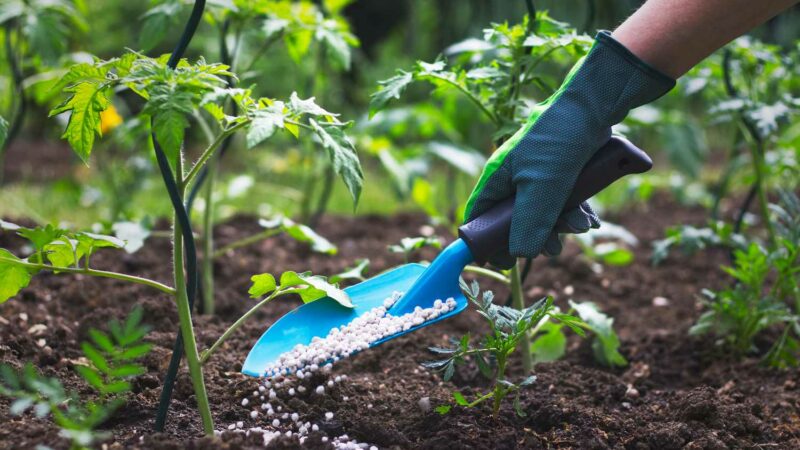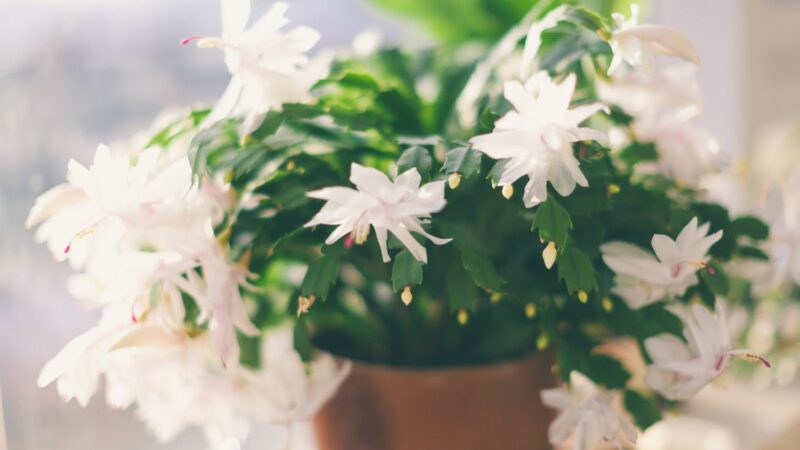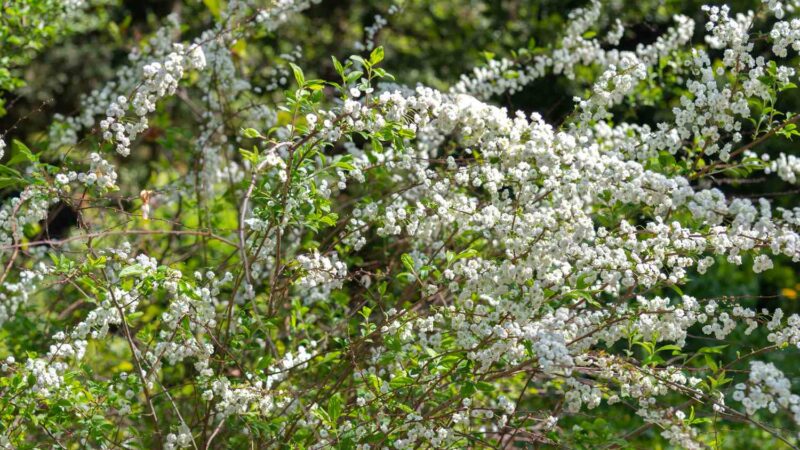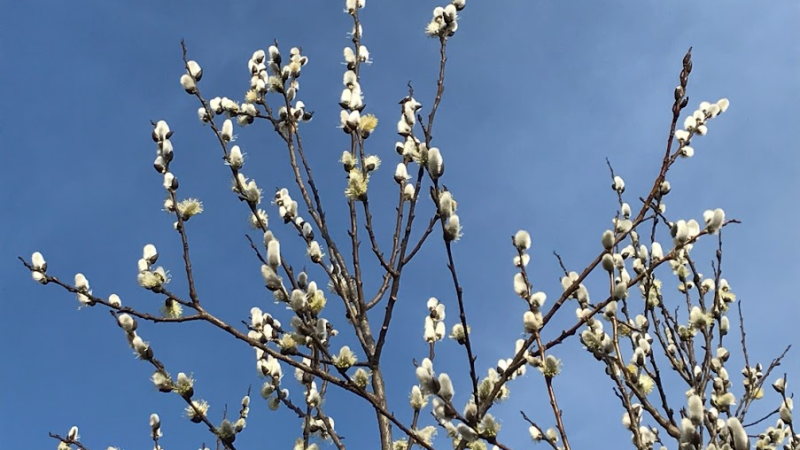The Beauty of Lilac Bushes: Plant Care and Growing Tips
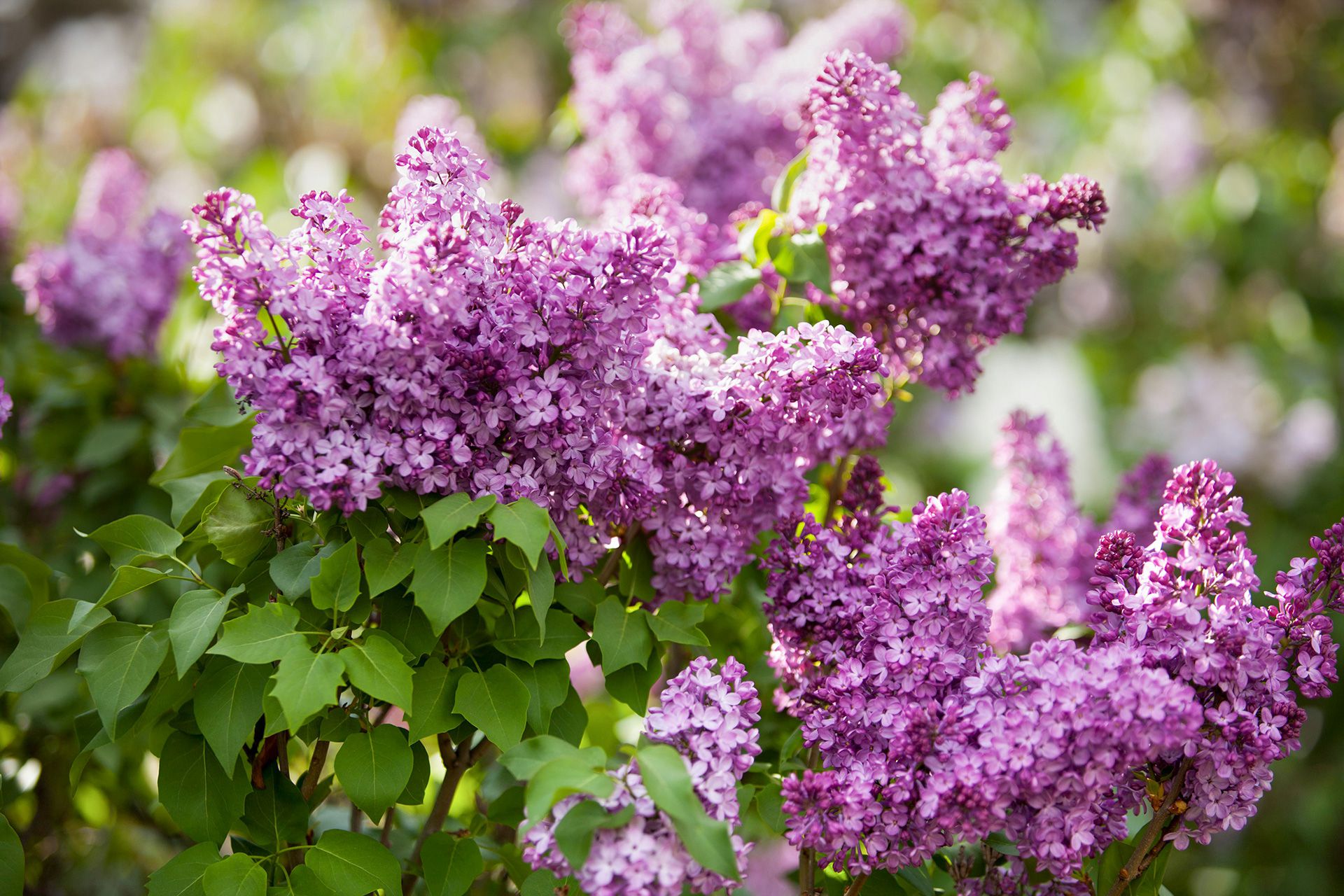
Lilac bush (Syringa) are beloved for their enchanting fragrance and stunning clusters of colourful blossoms. These shrubs add elegance to your garden and create a magical atmosphere with their sweet aroma. In this blog, we’ll explore the world of lilac bush plant care and growing tips, so you can enjoy these delightful blooms in your outdoor space.
Choose the Right Lilac Variety
Before embarking on your lilac growing journey, it’s important to choose the right variety. There are many different lilac species and cultivars to consider. Some popular choices include:
- Common Lilac (Syringa vulgaris): Known for its fragrant, lavender-colored flowers.
- Korean Lilac (Syringa meyeri): Compact and excellent for small gardens.
- Persian Lilac (Syringa persica): Features small, deeply fragrant flowers.
- Dwarf Korean Lilac (Syringa meyeri ‘Palibin’): A smaller variety with pinkish-purple blooms.
Select the lilac variety that best suits your garden’s size, climate, and aesthetic preferences.
Sunlight Requirements
Lilacs thrive in full sunlight, so choose a location with at least 6-8 hours of direct sunlight per day. This will help your lilac bushes produce more vibrant flowers and remain healthier.
Soil Preparation
Well-draining soil is essential for lilacs. They prefer slightly alkaline to neutral soil with a pH between 6.5 and 7.5. Ensure good drainage to prevent root rot. You can improve your soil by adding organic matter, such as compost, to enhance fertility and drainage.
Planting Lilac Bushes
Plant your lilac bushes in the early spring or late fall when they are dormant. Dig a hole twice the size of the root ball and plant the lilac at the same depth it was in its nursery container. Water thoroughly after planting.
Watering Lilacs
Lilacs are relatively drought-tolerant once established, but they still need consistent watering during their first growing season to develop strong roots. Water deeply but infrequently to encourage deep root growth and reduce the risk of disease.
Pruning Lilac Bushes
Pruning is crucial for maintaining the shape and health of your lilac bushes. Prune immediately after flowering by removing dead or spent blossoms and cutting back overgrown branches. Proper pruning will encourage new growth and ensure a healthy, vigorous plant.
Fertilizing Lilacs
Lilac bushes benefit from annual fertilization. Use a balanced, slow-release fertilizer in the early spring before new growth begins. Avoid over-fertilization, as this can lead to excessive leaf growth at the expense of flowers.
Pests and Diseases
Lilacs are generally hardy, but they can still be susceptible to pests like aphids, powdery mildew, and scale insects. Regularly inspect your bushes for any signs of infestation or disease and treat them promptly with appropriate remedies, such as neem oil or insecticidal soap.
Mulching
Apply a layer of mulch around the base of your lilac bushes to help retain soil moisture and deter weeds. Maintain a mulch layer of 2-4 inches, but be sure to keep it away from the plant’s base to prevent root rot.
Common Pests & Plant Diseases
Lilac bushes are relatively hardy, but like all plants, they can be susceptible to certain pests and diseases. Knowing how to identify and address these issues is crucial for maintaining the health and vitality of your lilac bushes. Here are some common pests and plant diseases associated with lilac bushes:
Common Pests:
- Aphids: Aphids are tiny, soft-bodied insects that often appear in large groups on the leaves and stems of lilac bushes. They suck the sap from the plant, causing distorted growth and a sticky residue called honeydew. To control aphids, you can use insecticidal soap or neem oil, or introduce natural predators like ladybugs.
- Lilac Borer (Podosesia syringae): Lilac borers are clear-winged moths whose larvae tunnel into the branches of lilac bushes, causing dieback and weakened stems. The best approach to deal with lilac borers is to prune and destroy affected branches and keep the bushes healthy through proper care.
- Scale Insects: Scale insects are often found on the stems of lilac bushes, appearing as small, immobile bumps. They can weaken the plant by draining its sap. You can remove scales by scraping them off with a soft brush or using horticultural oils.
- Spider Mites: Spider mites are tiny arachnids that suck sap from leaves, leading to stippling, discoloration, and a generally unhealthy appearance. Frequent spraying with water can help reduce spider mite populations. Predatory mites and insecticidal soap are other control options.
Common Diseases:
- Powdery Mildew: Powdery mildew is a common fungal disease that appears as a white, powdery substance on the leaves and stems of lilac bushes. It can weaken the plant and reduce its vigour. To prevent or treat powdery mildew, ensure proper air circulation around the plant and use fungicidal sprays if necessary.
- Bacterial Blight: Bacterial blight is characterized by wilting, brown or black streaks on leaves, and dieback. This disease can be especially damaging to lilac bushes. Pruning out affected branches and practicing good sanitation, such as removing fallen leaves, can help control bacterial blight.
- Leaf Spot: Leaf spot diseases, such as septoria or phytoticta leaf spot, can cause dark lesions or spots on lilac leaves. Remove and destroy infected leaves, and avoid overhead watering to reduce the spread of these diseases.
- Verticillium Wilt: Verticillium wilt is a soil-borne fungus that causes wilting, yellowing leaves, and overall plant decline. There is no cure for this disease, so prevention is key. Plant lilacs in well-draining soil and avoid planting them where other plants with a history of Verticillium wilt have been grown.
Regular inspection and proactive management of these common pests and diseases are essential to maintain the health of your lilac bushes. A combination of good cultural practices, including proper pruning, watering, and fertilization, can go a long way in preventing many of these issues.
FAQs:
- When is the best time to prune my lilac bush?
- Lilac bushes should be pruned immediately after they finish flowering, typically in late spring or early summer. Pruning at this time allows you to remove spent blossoms and shape the plant without interfering with the formation of next year’s flower buds. Avoid pruning in the fall or winter, as this can reduce the number of blooms in the next season.
- Why are the leaves on my lilac bush turning yellow, and what should I do about it?
- Yellowing leaves on a lilac bush can be a sign of various issues, including nutrient deficiencies, pests, or diseases. To determine the cause, examine the leaves for signs of pests like aphids or evidence of fungal diseases. It may also be due to poor drainage, overwatering, or underwatering. Addressing the specific cause will help you revive the health of your lilac. Consider fertilizing, adjusting your watering practices, or treating for pests or diseases accordingly.
- How can I encourage my lilac bush to bloom more prolifically?
- Lilacs generally require full sunlight and proper pruning to encourage prolific blooming. Ensure your lilac bush receives at least 6-8 hours of direct sunlight daily. Prune your lilac after flowering, removing spent blossoms and any overgrown or dead branches. Additionally, regular fertilization in early spring with a balanced, slow-release fertilizer can help promote more robust flowering. Proper care, including adequate water and soil preparation, is crucial for ensuring your lilac bush produces an abundance of fragrant blossoms each year.
Conclusion
Lilac bushes are a wonderful addition to any garden, offering beauty, fragrance, and a touch of nostalgia. With the right care and attention, you can enjoy these lovely blooms year after year. Remember to choose the right variety, provide proper sunlight, well-draining soil, and care for watering, pruning, and fertilizing. By following these tips, you’ll be well on your way to a thriving lilac garden that’s visually stunning and aesthetically pleasing. Happy gardening!
Read More
How to Grow and Care for the Lipstick Plant
Thanksgiving Cactus Care Guide: Tips for Growing a Festive Favorite
Discovering the Beauty and Benefits of Buffalo Grass
